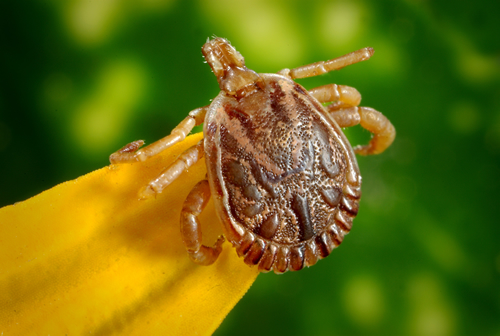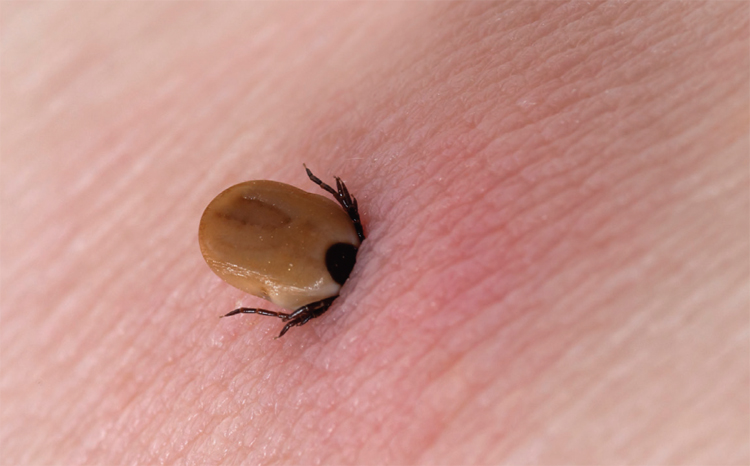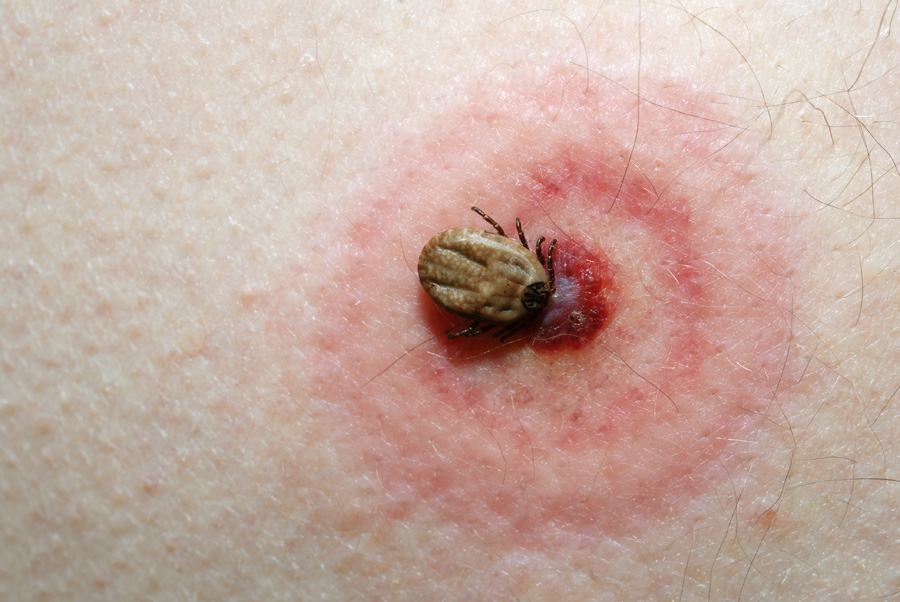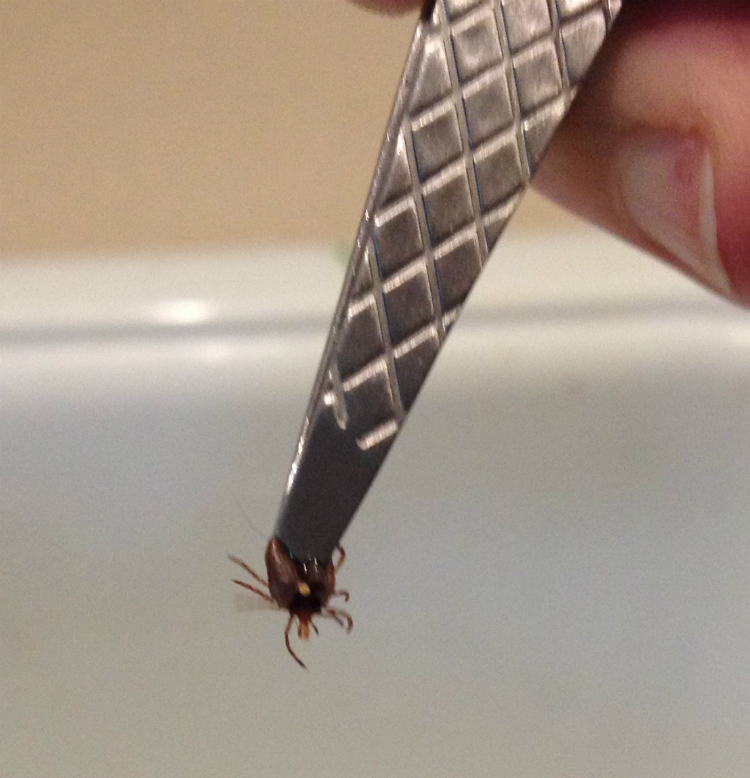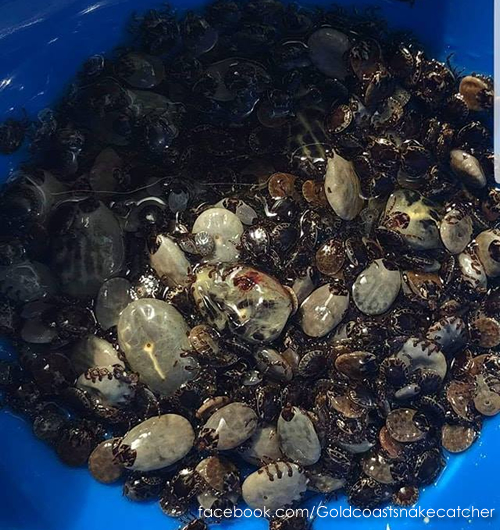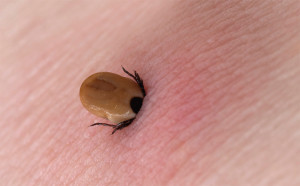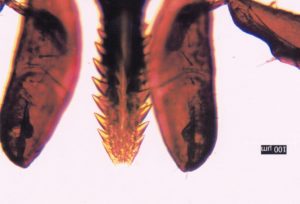Ticks need blood to survive and feed from a wide range of hosts.
Your blood is valuable, especially to ticks. Once a tick hatches from its egg, it needs a blood meal at every stage of its life. Without this meal, a tick cannot survive. Ticks feed from mammals, birds, amphibians, and reptiles. They frequently look for blood hosts and are willing to do whatever they can to feed from them. With the right planning, you can guard against ticks and prevent them from biting you and taking your blood.
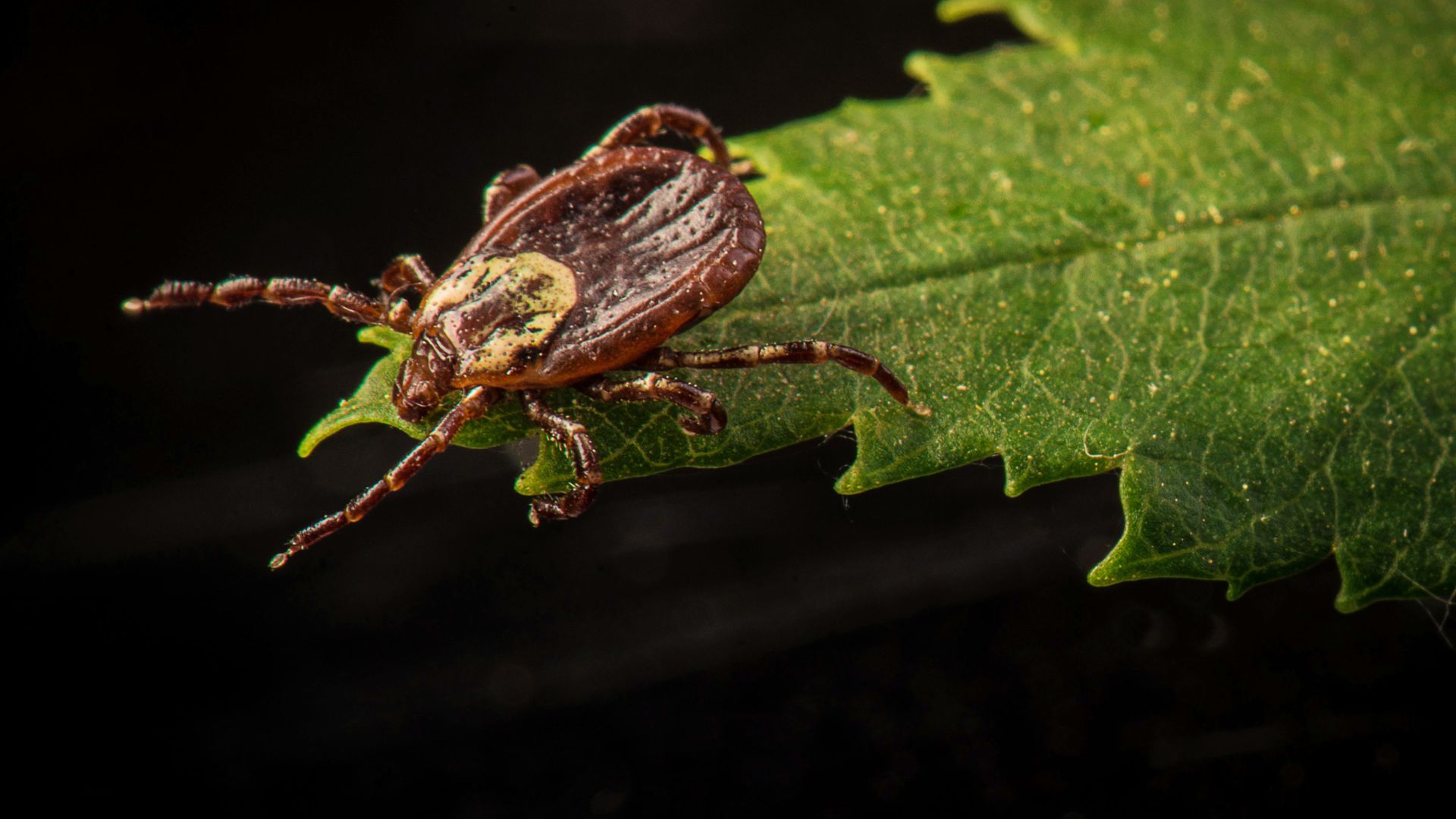
What the Life Cycle of Ticks Looks Like
The life cycle of ticks includes four stages: egg, larva, nymph, and adult. This cycle lasts about two years. The one constant during each of these stages: ticks need blood. In order to move from one life stage to the next, a tick must find blood hosts. If a tick is successful, it’ll be able to reach adulthood. At this point, it can help foster a new generation of ticks before it reaches the end of its life.
How Ticks Identify Hosts
A tick can detect a potential host through its breath, body odor, moisture, and other factors. Oftentimes, a tick will find a well-used path as it looks for prospective hosts. For example, a tick may wait on the tip of a piece of grass or shrub. It’ll hold its front legs outstretched, while its third and fourth pair of legs remain attached to the grass or shrub. If a human being, animal, or any other potential host brushes the grass or shrub, the tick climbs aboard. From here, the tick can bite the host and get blood from it, without the host likely realizing it is doing so.
Will You See Blood If You Squish a Tick?
If you squish a tick, be prepared for a splatter of blood. It’s common for an engorged tick to be filled with infected blood. Thus, when you squish the tick, it will pop. When this happens, blood can splatter, and you may get blood on your hands.
How to Remove a Tick Without Having to Deal with a Splatter of Tick Blood
Using tweezers is the best option if you have a tick on your skin and want to remove it without a splatter. Pinch the tweezers to grasp the tick from your skin. Next, pull upward with steady pressure. The tick may have a strong grasp on your skin. Regardless, if you pull consistently, you can remove the tick.
Tick Control Tips You Need to Know
Expect ticks if you’re going outdoors in brushy, grassy, or wooded areas. Apply an insect repellent on your skin, clothing, and footwear when you visit these areas. This helps you keep ticks off of you. Also, check for ticks and shower within two hours of going to areas where ticks may be present. Of course, if you’re dealing with ticks at home, you may need extra help. In this instance, you can partner with a tick control company.
Don’t Wait to Get a Tick Control Treatment
A tick control company can apply a treatment across your property. This treatment helps you limit the tick population. You can receive regular tick management treatments. As you do, you can keep the tick population at bay long into the future.

